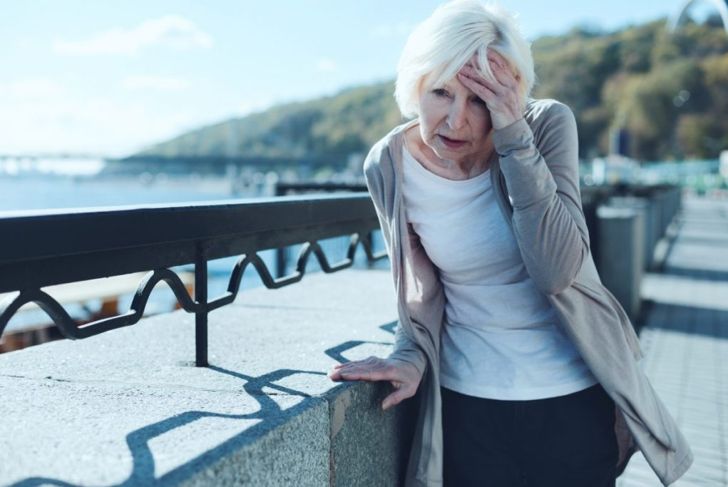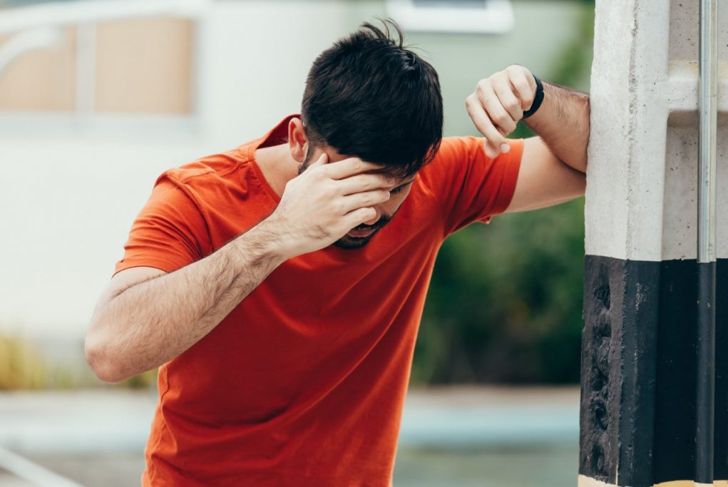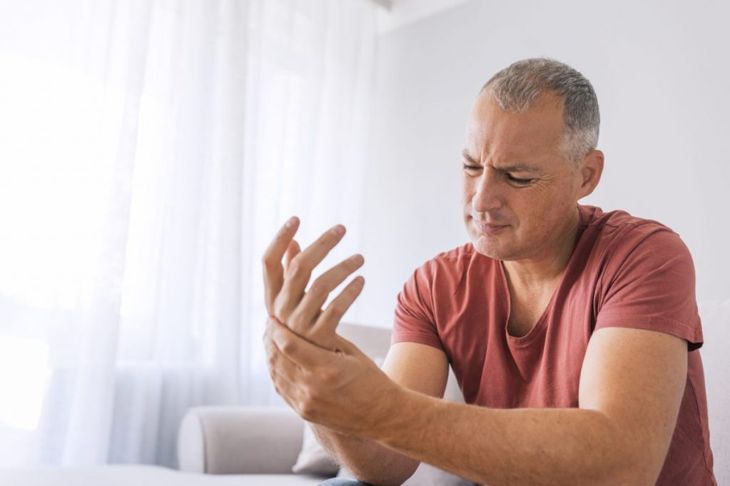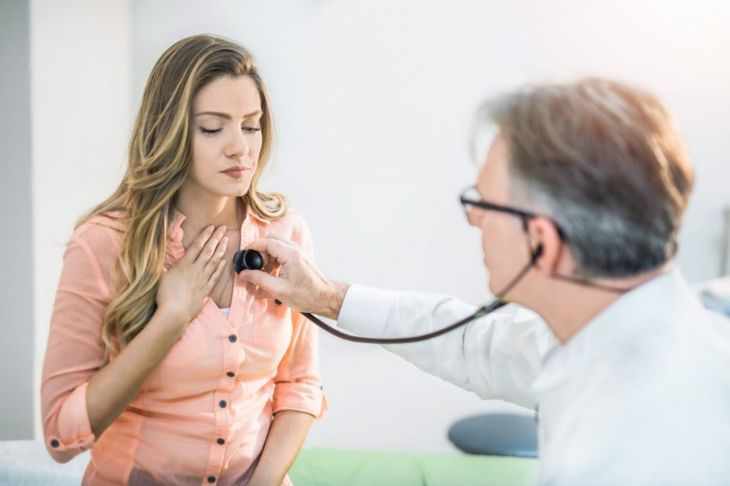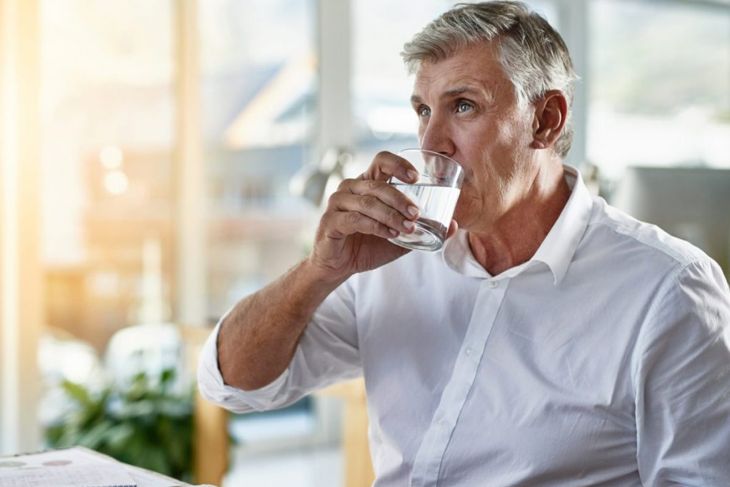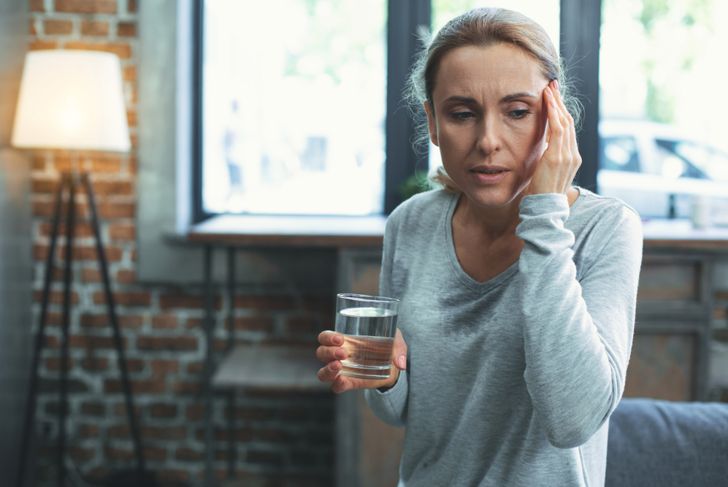Postural orthostatic tachycardia syndrome (POTS) is a rare condition that affects the central nervous system and blood circulation. Though its name seems complex, it is extremely descriptive. Postural refers to body position. Orthostatic also references the body’s position but typically describes dizziness and blood pressure changes. Tachycardia is a rapid heartbeat. Syndrome means that the condition is not a disease itself, but rather a group of symptoms that often develop alongside each other.
Forms of POTS
There are two main types of POTS: partial dysautonomia and hyperadrenergic. Partial dysautonomia often causes mild nerve damage that affects various involuntary functions and prevents the blood vessels from maintaining ideal blood pressure when the pull of gravity changes. These changes occur with actions such as standing up. Blood may begin to pool in the lower body. Hyperadrenergic POTS is less common and develops much more slowly, being related to higher than normal levels of the stress hormone norepinephrine. Additionally, it may have a genetic, inheritable component. In some cases, POTS is the result of a pre-existing condition. This form of the syndrome is secondary POTS.
Symptoms
The different types of POTS have some common and consistent symptoms, many of which involve heart rate. The average heart rate is 70 to 80 beats per minute when resting. In normal conditions, the heart rate goes up 10 to 15 beats per minute when standing up and then returns to normal. For people with POTS, the heart rate goes up much higher when they stand, increasing 30 to 50 beats per minute, or even more. Other significant symptoms of POTS appear after standing up, including dizziness, lightheadedness, fatigue, shortness of breath, and nausea. Bloating, constipation, heart palpitations, low blood pressure, and weakness may also occur.
The Pain of POTS
Many people with POTS experience a range of painful sensations. POTS can range in severity from mild to severe, and the pain can become so debilitating that a person cannot perform even the most basic of actions. Many people with POTS feel pain in the hands and feet, though it may manifest as an extreme chill some days. Others often feel pain in the chest and stomach or develop headaches.
Causes and Risk Factors
Researchers and medical experts are not sure of the exact causes of POTS. However, they have identified some links between the symptoms and other conditions, as well as certain risk factors. Notably, females are between four and five times more likely to develop POTS than males. It also tends to develop in people who have recently experienced acute stressors such as pregnancy, surgery, or trauma. POTS has links to diseases such as diabetes, irritable bowel syndrome, anemia, and autoimmune diseases. Secondary POTS often occurs alongside Ehlers-Danlos syndrome (EDS), a hereditary tissue disorder that features extremely flexible joints, elastic skin, and easy bruising.
Inheritance
Many people worry they may pass POTS to their children, particularly due to its relationship with other inheritable conditions. Currently, physicians do not believe it is possible to inherit POTS. Most people do not have a family history of the condition. However, there is a noticeable trend of the syndrome appearing in individuals who have a family history of orthostatic intolerance. This may mean that certain inheritable factors influence the development of POTS.
Diagnosis
Diagnosing POTS can often be difficult for doctors, because of the overlap of symptoms with other conditions associated with orthostatic intolerance. Doctors usually begin to suspect POTS after observing characteristic symptoms and signs. Testing typically involves a physical examination with blood pressure and heart rate measurements. Doctors will perform these tests while the person is lying, sitting, and standing to identify any changes. Some physicians may use a tilt table test; they check blood pressure and heart rate on a person who is lying down, then the table rotates the person into a standing position to safely and efficiently repeat the tests.
Treatment
Because there are different forms and causes of POTS, and because the symptoms often vary, there is no single treatment. Instead, doctors attempt to manage the symptoms. For some patients, this means simple lifestyle changes such as adding extra salt to the diet, exercising, gaining weight if underweight, or avoiding the factors that may worsen the condition. Often, people find that simply improving (raising) blood pressure is an effective-enough treatment.
Avoiding Triggers
Many situations and factors cause people with POTS to feel worse or even lose consciousness. These situations include:
Standing for long periods. If a person with POTS must stand, they should never stand motionless.
Sitting for long periods. Elevating the legs can help prevent blood from pooling in the lower limbs.
Excess or insufficient sleep
Overheating
Stress and strong emotions
Overexertion
Skipping meals or inadequate food
Dehydration
Medication
If lifestyle changes are ineffective, doctors will prescribe certain medications to help treat POTS. Beta-blockers can protect the heart and manage abnormal heart rhythms. In some cases, physicians use drugs prescribed for neurological conditions to help reduce the symptoms. Most medications aim to increase low blood pressure and prevent it from falling again. Rarely, do doctors prescribe drugs to help the patients retain sodium?
POTS and COVID-19
As many as one in three people who get COVID-19 could continue to experience problems after the acute infection has passed. POTS is one of the issues people with so-called long COVID may experience, and though the research is spotty, experts do know that it tends to develop following a viral infection. Both those with mild and severe COVID symptoms could develop POTS. Though it can be difficult to get a diagnosis of POTS, anyone who has had COVID-19 and is experiencing similar symptoms — brain fog, shortness of breath, fatigue, and so on — should talk to a doctor about whether this condition is the cause.
Prognosis
In general, POTS has a favorable prognosis following proper treatment and management. Many people find treatments help improve their symptoms within five years, and almost 60% return to their original level of function. A combination of physical treatments and medications is effective for 90% of people with POTS. People who develop the condition early in their lives are more likely to recover fully, while older adults may respond only partially to the treatment. Individuals with secondary POTS have differing recovery rates that are dependent on the underlying condition.

 Home
Home Health
Health Diet & Nutrition
Diet & Nutrition Living Well
Living Well More
More